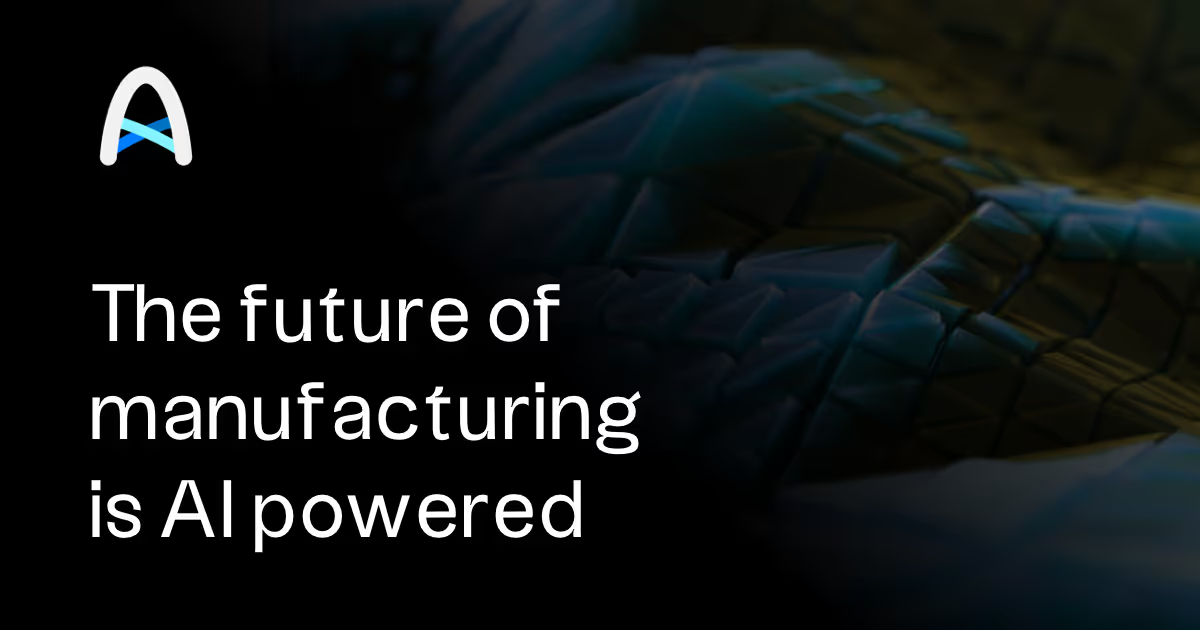
Atomic Industries envisions a future where the traditionally knowledge-intensive craft of tool and die making is revolutionized through the fusion of artificial intelligence and advanced manufacturing technologies. By digitizing and automating the specialized skills of expert tool makers, the company is creating a new paradigm that transforms industrial production into a scalable and precision-driven process.
Driven by the ambition to overcome labor shortages and enhance manufacturing agility, Atomic Industries leverages AI-powered systems grounded in physics-based algorithms alongside cutting-edge metal 3D printing techniques. This innovative approach not only redefines how complex tooling is designed and produced but also sets new standards for quality and reliability in sectors critical to the economy, such as aerospace, automotive, and energy.
With a foundation rooted in technological excellence and strategic vision, Atomic Industries is building a future where manufacturing is more accessible, efficient, and capable of meeting the complex demands of modern industry through intelligent automation and transformative engineering.
Our Review
We've been tracking Atomic Industries since their Y Combinator days, and frankly, they're tackling one of manufacturing's most stubborn problems in a way that actually makes sense. While everyone else talks about "Industry 4.0," these folks are quietly digitizing the brains of tool and die makers—craftspeople whose skills typically take decades to master.
The Clever Approach
What caught our attention isn't just the AI angle (because let's be honest, everyone's doing AI now). It's how founder Aaron Slodov and his team identified a very specific bottleneck: the aging workforce of skilled tool and die makers. Instead of trying to train more humans faster, they're encoding that expertise into software that can design and simulate tooling with the same intuition as a 30-year veteran.
The physics-based algorithms they've developed don't just automate processes—they replicate the decision-making patterns that make master craftspeople so valuable. That's genuinely impressive.
Where the Magic Happens
Their Detroit facility houses something pretty special: a Velo3D Sapphire printer that they've tuned to work with M300 tool steel. They're literally the first company to qualify this material for injection molding tooling using this specific technology. We've seen plenty of metal 3D printing companies, but none have cracked this particular code for high-strength, precision tooling.
The combination of AI-driven design and advanced metal printing means they can go from concept to working tool faster than traditional methods—without sacrificing the quality that aerospace and automotive clients demand.
Why We're Bullish
Toyota Ventures doesn't write checks lightly, and their involvement in Atomic's $17 million seed round tells us something important about market validation. The automotive giant clearly sees this technology as strategic for their own manufacturing future.
More importantly, Atomic is solving a real problem that's only getting worse. The skilled trades shortage isn't going away, and companies that can digitize and scale human expertise will have a massive competitive advantage. We think they're well-positioned to capture that opportunity.
Feature
AI-driven automation of tool and die making
Physics-based algorithms for design, simulation, and production
Metal 3D printed tooling using M300 tool steel
Advanced manufacturing with Velo3D Sapphire printer
Scalable, precise, and reliable manufacturing solutions








